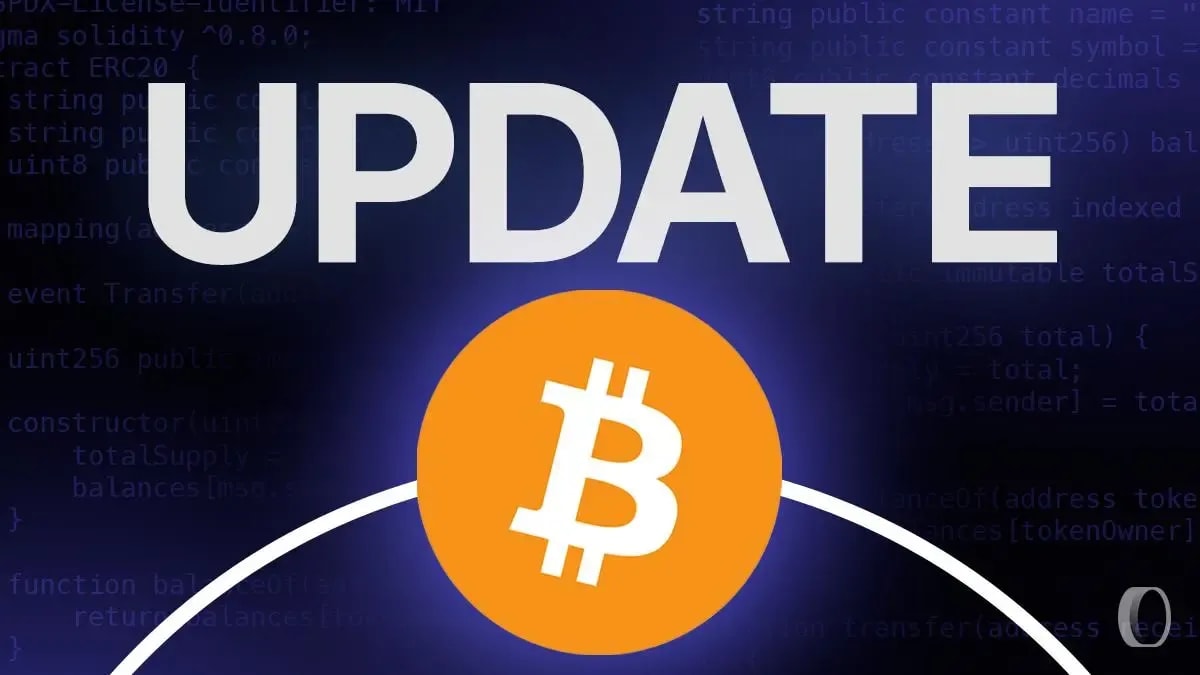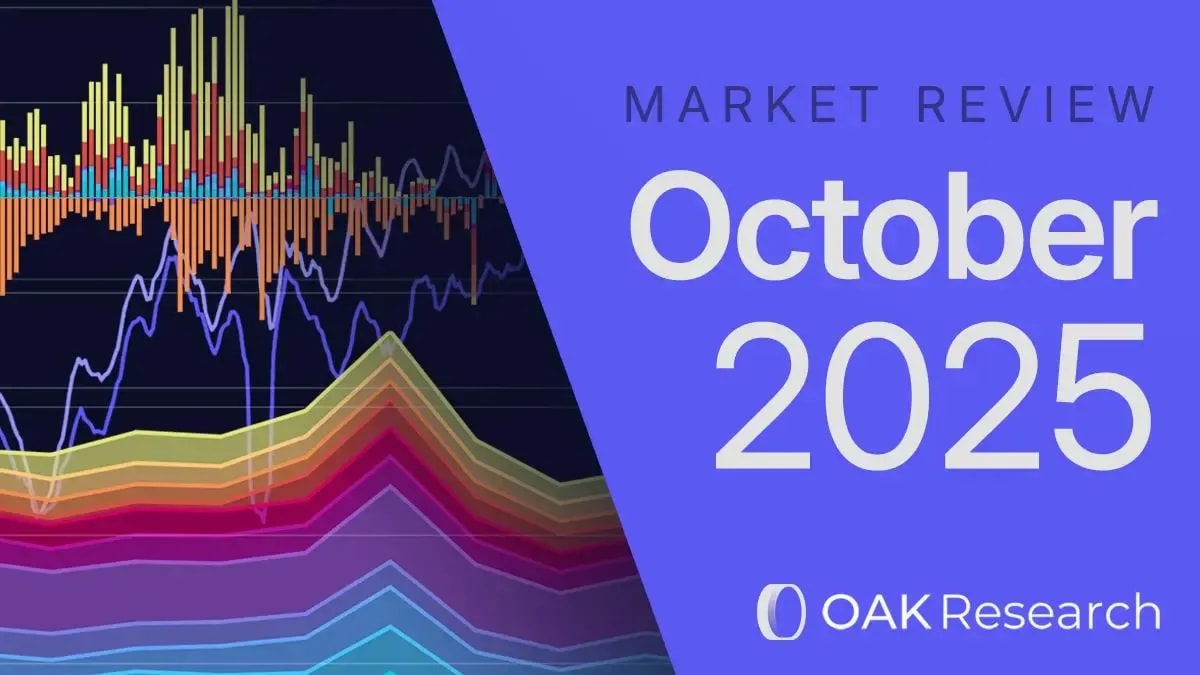Premium content
The crypto market is falling: a full breakdown of the situation
October 17, 2025

In this post
The crypto market is deep in the red and Bitcoin has just broken below its key support, potentially putting the recent bullish trend in question. Meanwhile, gold and silver are hitting record highs as investors rush to safety. In the US, liquidity is drying up, banks are showing signs of weakness, and the Fed is running out of options. In this piece, we break down what is driving the current stress, the possible scenarios for the weeks ahead, and how to navigate this uncertain phase.




